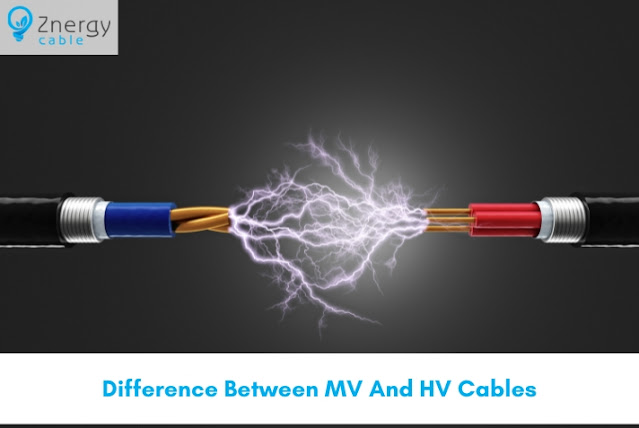Facts About Medium Voltage Cables You Need to Know
MV cables are the unsung heroes of electrical distribution, bridging the gap between high and low voltage systems. MV cables, which range in voltage from 1 kV to 69 kV, are critical for transporting power from substations to towns. Their multi-layered design incorporates conductors, insulation, and protective sheaths to ensure safe and efficient power transmission. Because MV cables work under varied loads and climatic conditions, their manufacture necessitates accuracy and knowledge. Industries and urban infrastructure rely on MV cables for subterranean and overhead power distribution, connecting transformers, and supporting renewables. Because of the high voltage levels in MV cables, safety is always a priority. Proper insulation, grounding, and maintenance are required for safe operation. Using a reputed electrical cable manufacturer ensures high-quality MV cables that meet international standards. As the importance of sustainability grows, businesses are looking into eco-friendly
